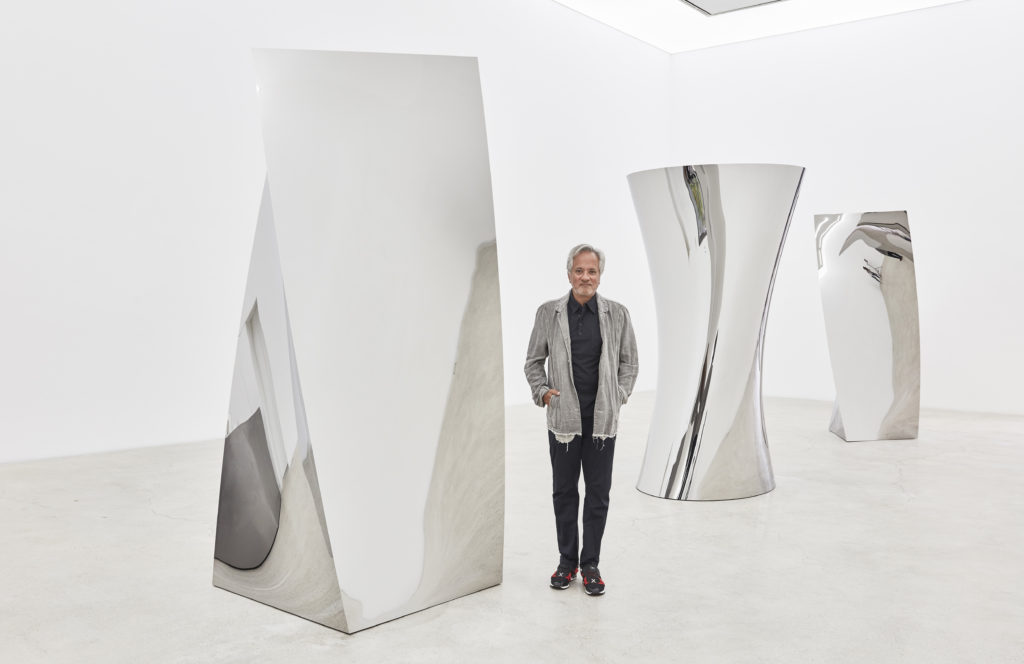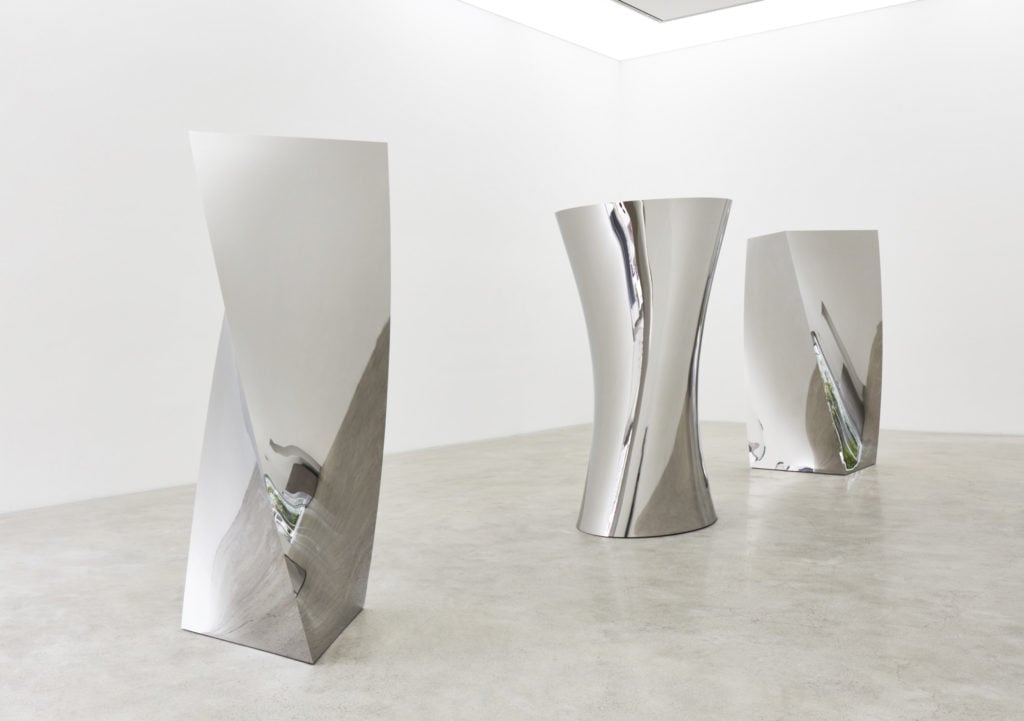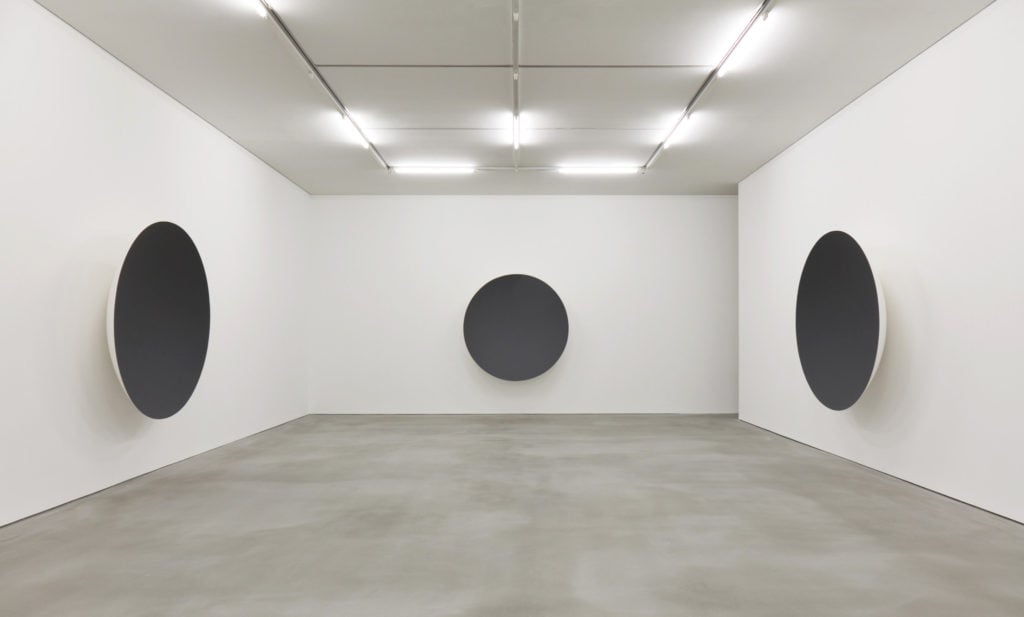People
See Classic Album Covers by Artists from Nobuyoshi Araki to Andy Warhol
Vinyl lovers, rejoice.
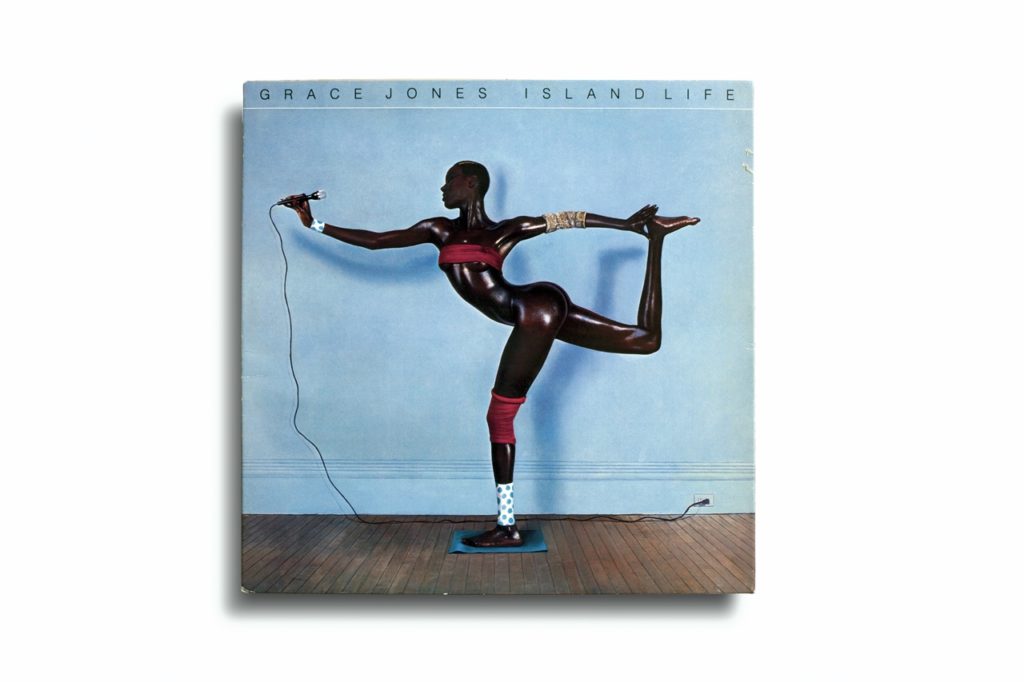
Vinyl lovers, rejoice: a book forthcoming this fall from Aperture rounds up the artwork from more than 400 record covers.
A photographer’s vision and a band’s identity can come together in a startling alchemy, as when Rage Against the Machine employed an anonymous photographer’s image of a self-immolating Vietnamese monk; the book aims to assemble memorable examples of these startling combinations.
Total Records: Photography and the Art of the Album Cover features images by an array of artists, including Robert Frank, Nan Goldin, Danny Lyon, Robert Mapplethorpe, Cindy Sherman, Andy Warhol, and many more. The images graced the covers of records by musicians like Björk, David Bowie, John Coltrane, and Grace Jones, among others.
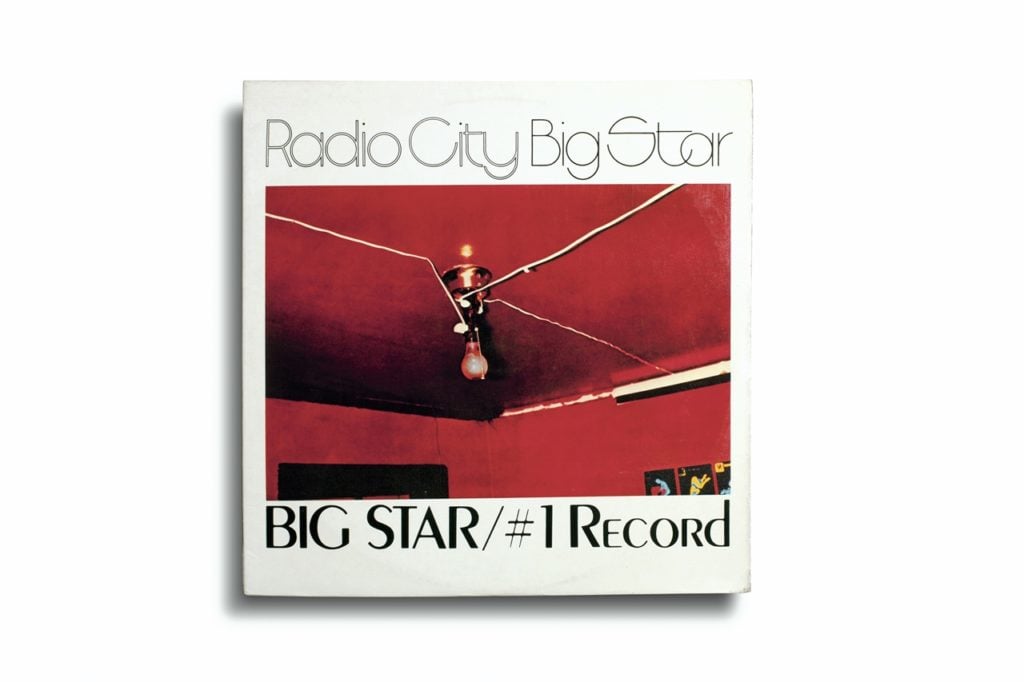 Due out in late October, the book is edited by a trio of experts:
Antoine de Beaupré, founder of Paris bookstore Librarie 213 and the
associated publisher Edition 213; Serge Vincendet, who’s written about
figures like Jacques Brel and Serge Gainsbourg; and Sam Stourdzé,
director of French photography festival Les Rencontres d’Arles. It
features text by music journalist Jacques Denis and an interview with
photographer and music video director Jean-Baptiste Mondino.
Due out in late October, the book is edited by a trio of experts:
Antoine de Beaupré, founder of Paris bookstore Librarie 213 and the
associated publisher Edition 213; Serge Vincendet, who’s written about
figures like Jacques Brel and Serge Gainsbourg; and Sam Stourdzé,
director of French photography festival Les Rencontres d’Arles. It
features text by music journalist Jacques Denis and an interview with
photographer and music video director Jean-Baptiste Mondino.
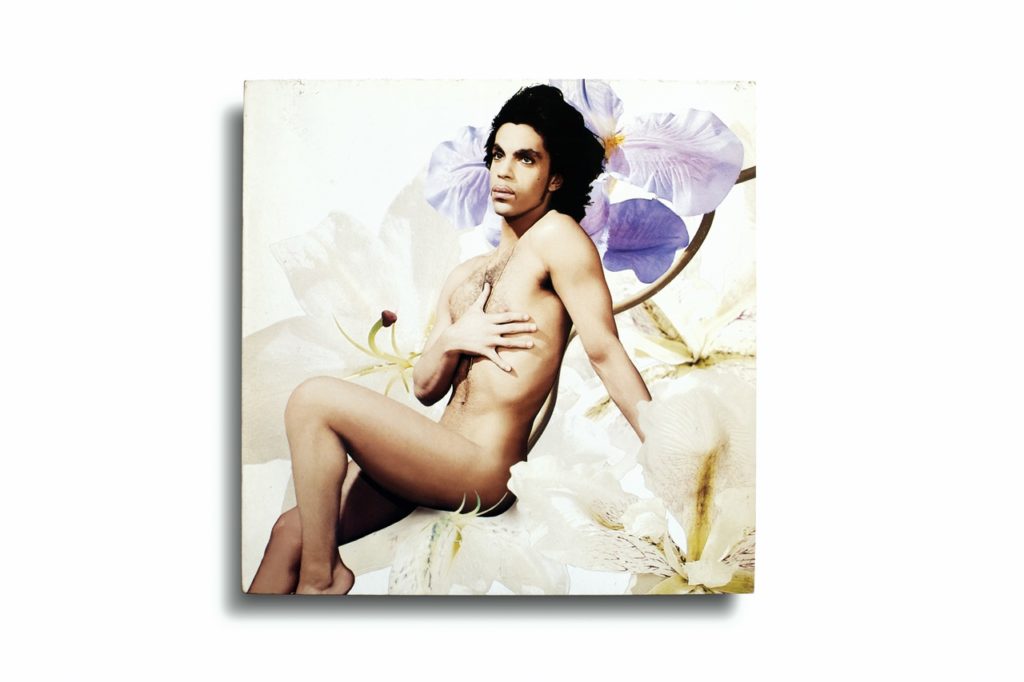 If you’re in Berlin or Rotterdam, you can catch upcoming exhibitions
of the photographs at C/O Berlin Foundation (December 3, 2016–February
5, 2017) and Kunsthal Rotterdam (February 24–June 4, 2017).
If you’re in Berlin or Rotterdam, you can catch upcoming exhibitions
of the photographs at C/O Berlin Foundation (December 3, 2016–February
5, 2017) and Kunsthal Rotterdam (February 24–June 4, 2017).
See more examples from the book below.
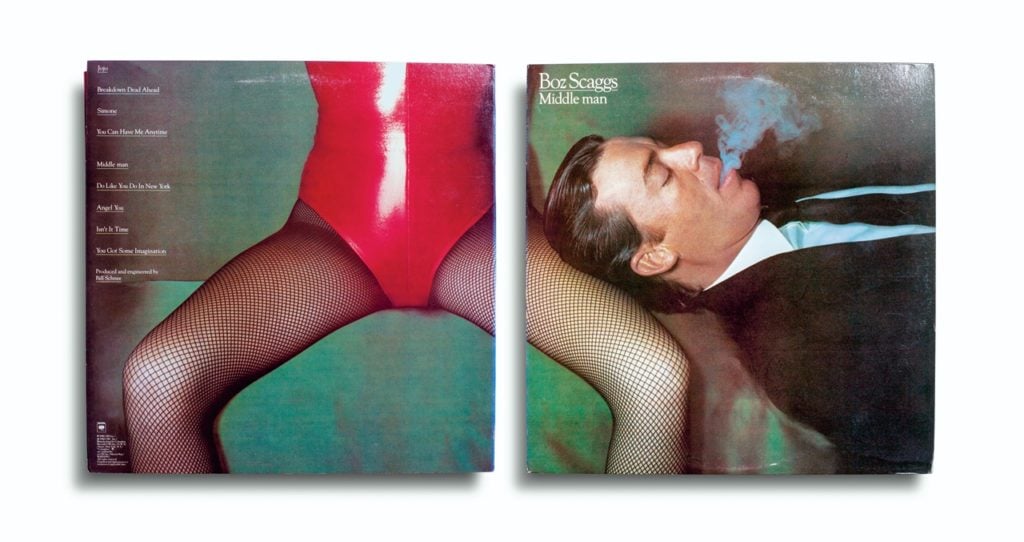
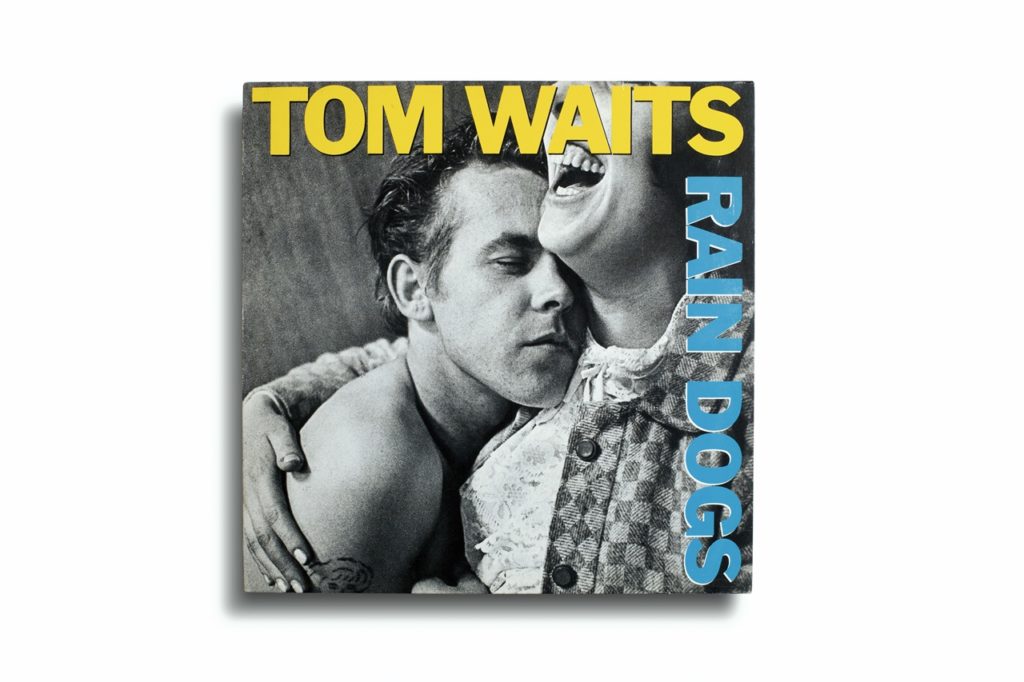
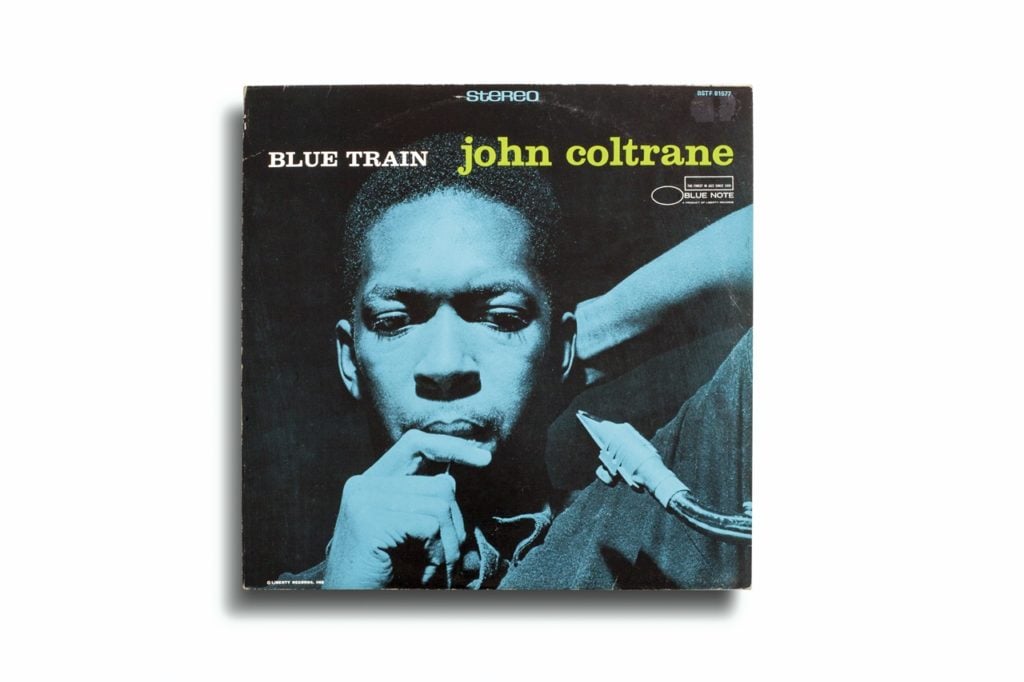
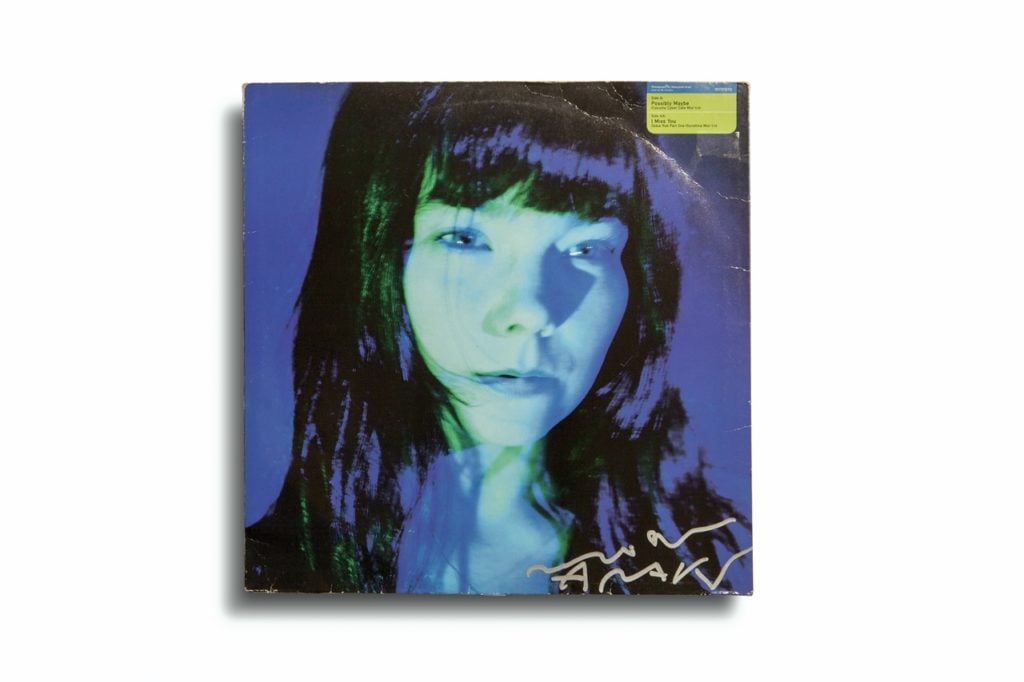
Follow artnet News on Facebook.
A photographer’s vision and a band’s identity can come together in a startling alchemy, as when Rage Against the Machine employed an anonymous photographer’s image of a self-immolating Vietnamese monk; the book aims to assemble memorable examples of these startling combinations.
Total Records: Photography and the Art of the Album Cover features images by an array of artists, including Robert Frank, Nan Goldin, Danny Lyon, Robert Mapplethorpe, Cindy Sherman, Andy Warhol, and many more. The images graced the covers of records by musicians like Björk, David Bowie, John Coltrane, and Grace Jones, among others.

Big Star, Radio City (Ardent Records, 1974), photograph by William Eggleston. Courtesy Aperture.

Prince, Lovesexy (Paisley Park, 1988), photograph by Jean-Baptiste Mondino. Courtesy Aperture.
See more examples from the book below.

Boz Scaggs, Middle Man (Columbia, 1980), photograph by Guy Bourdin. Courtesy Aperture.

Tom Waits, Rain Dogs (Island Records, 1985), photograph by Anders Petersen. Courtesy Aperture.

John Coltrane, Blue Train (Blue Note, 1957), photograph by Francis Wolff. Courtesy Aperture.

Björk, Possibly Maybe (One Little Indian, 1996), photograph by Nobuyoshi Araki. Courtesy Aperture.
Follow artnet News on Facebook.
Share
Article topics

